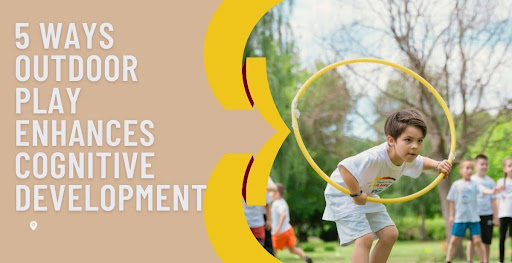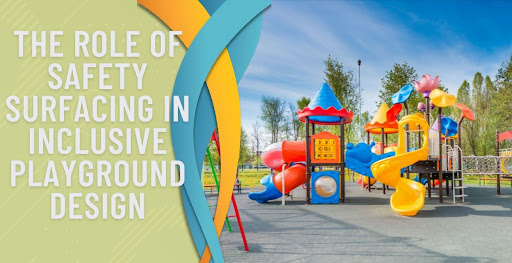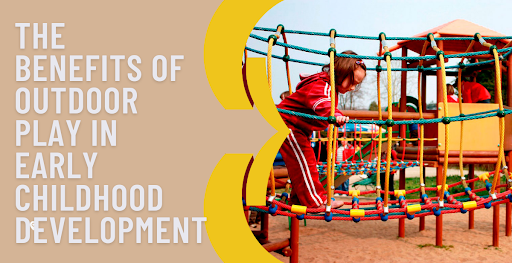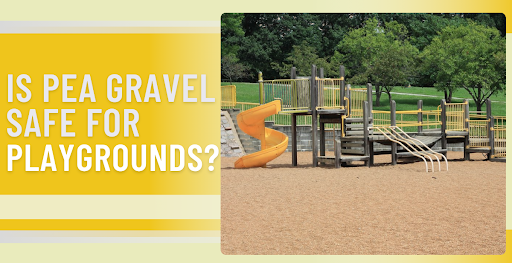7 Things to Remember When Designing a Playground
Designing a playground involves a lot of factors to balance, from safety to aesthetics, budget, nature, maintenance, and flow. Involving a playground equipment designer and performing due diligence can provide insights before making key decisions. Here's an overview of seven things to remember when designing a playground:


Designing a playground involves a lot of factors to balance, from safety to aesthetics, budget, nature, maintenance, and flow. Involving a playground equipment designer and performing due diligence can provide insights before making critical decisions. Here's an overview of seven things to remember when designing a playground:
1. Ensure Safety First
Safety can't be stressed enough. Unsafe playgrounds should be closed promptly until necessary changes are completed to ensure the space, equipment, and general facility are safe. Playground safety has many facets, including installing a fence like internal fences to avoid climbing and trip hazards.
Other aspects of playground safety include choosing the right location and age-appropriate activities. Material and sizing must meet local area regulations, so you need clarity on local, provincial, and federal codes. Since some playground equipment can deteriorate over time, you should plan against specific depreciation that may pose a hazard.
2. Incorporate Different Play Options
Children need different play options to remain excited and curious about exploring their environment. You can incorporate various types of play, including active play (jumping, running, and climbing). Other dynamic activities include twirling, swinging, rolling around, and spinning.
You should also include sensory play involving touching different textures. Other sensory play activities include listening to sounds and music and seeing different angles/perspectives. Creative play like drawing, painting, crafting, writing, colouring, singing, dancing, and drumming are also vital.
You can incorporate all kinds of play activities, including imaginative, social, and reflective play. There are more than a dozen different types of play children can enjoy, but you don't have to include everything in your small space. Consider your target age groups and make sure there are opportunities for varied plays.
3. Choose Appropriate Surfacing
Playground designers have many surfaces to choose from, depending on their needs. If you need more years from the surface, you should consider resilient materials that withstand sun, temperature variations, and other elements. Some playgrounds need the most visually impressive spaces to spark imagination and uphold aesthetics.

Playground surfaces can feature unique patterns and designs to stimulate any child's mind. Choosing a suitable surface for the specific activity is essential. You should consider maintenance, exposure, installed equipment, and aesthetics.
There are no one-size-fits options for everyone, so make sure you choose one best suited for your needs.
4. Management and Maintenance
There's more to designing a functional playground than equipment installation. Designers should consider the management and maintenance requirements to make the best decision. Playground upkeep requires time and money, and some are more demanding than others. Such costs can influence the best options for your design.
Consider surfacing types and maintenance needs, manufacturer guarantees, and installation. A maintenance schedule will also ensure the playground remains in optimal conditions. Working with an experienced playground equipment designer can help you manage, maintain, and improve the space.
Download our playground maintenance checklist for more tips.
5. Trust Children's Creativity
It's easy to overthink what matters when designing a playground. Adults tend to make device-specific objectives and may install slides, swings, monkey bars, and other basic equipment. Those seeking more engaging activities can easily fall into the trap of perfection and intricacies. Experienced playground equipment designers seek to leverage the creativity children possess.
You don't need precise dimensions for everything since the focus isn't to create a pretty backyard. Children are more comfortable in natural environments with regular and irregular objects and sizes. The playground should allow children to be creative and accommodate varied preferences with loose (meaning removable or interchangeable) parts.
6. Review Flow & Movement
The flow and movement from one play area to another is a critical component of functionality and directly impacts the fun and experiences. Children in natural play don't move in a straight line, so you need insights on playground flow to design the best space. If a kid is coming off a slide, they need extra clearance to continue moving and create space for the next.
All critical components of the playground should be well-connected to create free-flowing movement. The flow depends on what playground equipment you have, so the entrance can lead to the rope bridge, net structures, and monkey bars. You can include diversions to the slide, hopscotch, and treehouses to free traffic up between these play areas.
For more tips on how to plan and design a playground, download our playground planning guide.
7. Incorporate Existing Nature
The goal when developing a playground is to work with, not against, nature. You can redesign gardens, beaches, flowers, boulders, stumps, logs, trees, hills, and other items to offer natural playground activities. If there's available shade, it shouldn't go to waste. Simply outline all the natural aspects of the space for consideration when designing the different plays and deciding on the equipment types.

Reputable Playground Equipment Designer
At Park N Play Design, we offer full-suite playground and park equipment supply, design, and installation in Canada. Our team works with landscape architects, schools, churches, municipalities, and HOAs to design safe, functional, and aesthetic playgrounds with varied play activities. We acknowledge the considerable undertaking and aim to make the playgrounds we design accessible and inclusive.


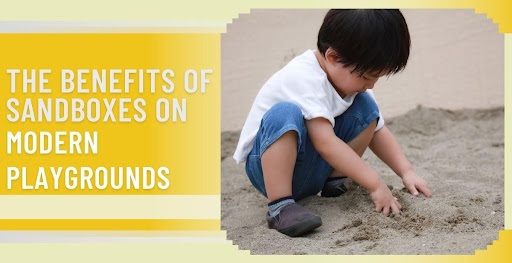
.jpeg)
.jpg)
.jpg)
.jpeg)
